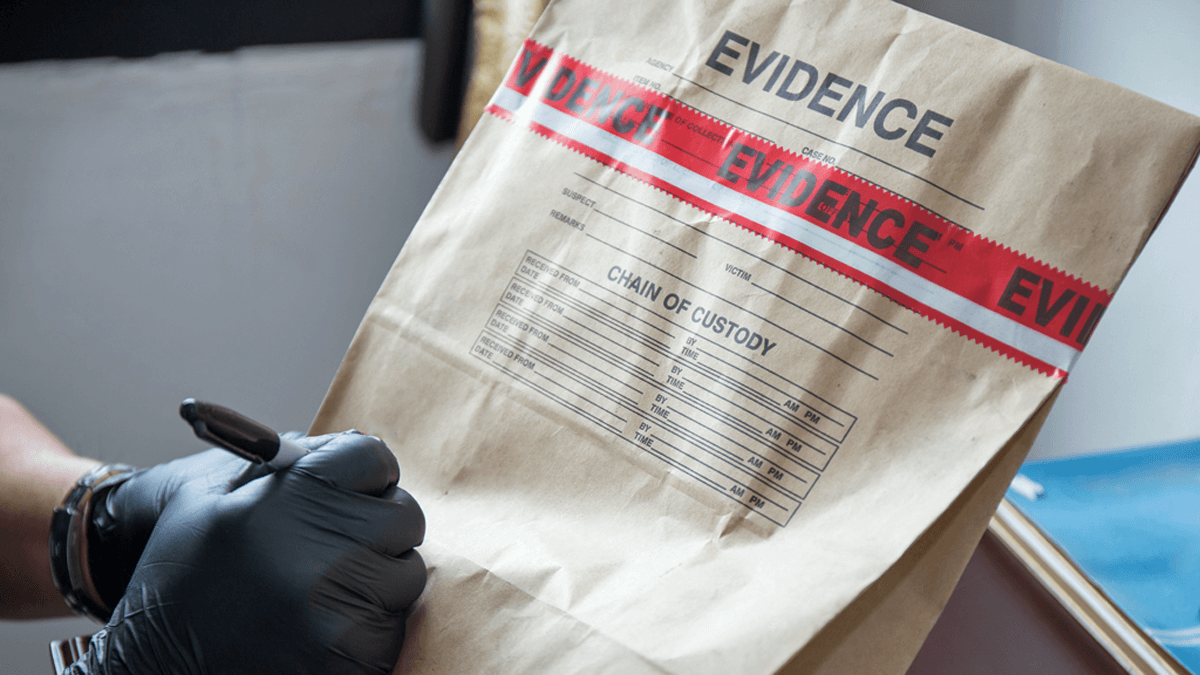Exhibit A is an attractive market and Exhibit B is a documented need within this market. Most companies do OK with Exhibit A… identifying a market segment that is winnable and worth winning. But most are terrible at Exhibit B. This is being sure of which customer outcomes (desired end-results) companies will be rewarded for satisfying with a new product. Increasingly, companies are using Market Satisfaction Gaps to do this. (See 12 case stories)
More in white paper, Market Satisfaction Gaps
There are two types of unearned growth: 1) Inherited Growth comes from great products your employees created long ago, and 2) Market Growth is driven by your customers’ growth. You influence neither today. Earned Growth occurs when you surpass competitors in meeting customer needs. Normal accounting doesn’t separate earned from unearned, but you should. You may be living on borrowed time, when you should be the master of your own destiny.
More in article, B2B Organic Growth: Moving to earned growth
Here is our #1 recommendation for innovation success: Don’t start development stage work without quantitative evidence of customer needs. You can use Preference interviews followed by Market Satisfaction Gaps… or some other unfiltered, unbiased evidence. Two tips: 1) Don’t do this for very small projects, just those requiring 1+ person-year of development. 2) Don’t do this for technology development. Just product development, where you’ve targeted a specific market segment.
More in article, Market Satisfaction Gaps… your key to B2B organic growth
A landmine is something that could blow up your high-stakes project. Consider 3 points: 1) Landmines pose a greater threat in unfamiliar terrain, so be extra careful outside your core. 2) We don’t like to think about unhappy thoughts–like landmines–so be diligent in investigating assumptions that could become landmines. 3) No one steps on a landmine they can see. So the team’s first job is to make all assumptions visible… and then determine which might be a landmine.
To see how this is done, view the video at Project De-risking with Minesweeper
A large, unexpected revenue upturn this quarter feels good, right? But the satisfaction is fleeting. What you need is growth that is unrelenting, earned and reliable. If your growth is serendipitous—not the result of superior growth capabilities—you’re just setting yourself up for problems in 12 months. That’s when you’ll be held accountable for year-over-year results. Then you’ll be expected to repeat last year’s revenue windfall and then some.
More in article, B2B Organic Growth: Moving to earned growth
In B2B-optimize quantitative interviews you ask customers to rate importance and current satisfaction for key customer outcomes. Without these convergent interviews, you’re essentially “guessing” what customers want. You simply cannot trust qualitative insight alone, as we all tend to “hear what we want to hear.” This is called confirmation bias… and the only antidote is to ask customers to think in a structured manner, giving you quantitative data in an unfiltered fashion.
More in Preference Interview Research Report
Without well-executed, qualitative, divergent interviews, you can expect errors of omission… failing to uncover unarticulated customer needs. Are teams criticized for these errors? No, because no one realizes something was omitted at the time of the error. A second problem is the failure to engage customers. You miss the chance to impress them as a supplier that wants to better understand and meet their needs.
More in article, The Front End of Innovation: How much is “too much”?
A good business leader understands that every decision will have second-order effects after the initial “intended consequence.” Slower future growth is the second-order effect that often follows these decisions: 1) severe spending cuts, 2) rapid re-organizations, 3) hiring freezes, 4) travel bans, 5) R&D staffing cuts, 6) marketing staffing cuts, 7) new initiatives that distract, and 8) excessive M&A activities. Some such decisions may be needed… but consider the second-order impact on your growth.
More in article, Stop Stifling B2B Organic Growth with 2nd Order Effects
What should be done if highway traffic slows to a crawl? Probably not put more cars on the entrance ramp, right? With every month of delay, a typical B2B new product loses $80K in net present value. So reduce your number of active projects and accelerate those that remain. The best way to kill dead-end projects—or stop them from even starting? Better up-front work. Then your R&D only works on customer outcomes you know they want, not hope they want.
More in white paper, Guessing at Customer Needs
If your NPD teams are confident of customer needs, your projects will go faster for 3 reasons: 1) Bad ideas are killed quickly, freeing up resources. 2) Dead-end detours and diversions are avoided. 3) Hesitation—with second-guessing, delays and debates—is squelched. As Netscape founder, Jim Barksdale, said “If we have data, let’s use it. If we have opinions, let’s use mine.” B2B innovators can find the data they need in Market Satisfaction Gaps.
More in white paper, Market Satisfaction Gaps
It may seem counterintuitive, but many business leaders focus too much on business results. Wise leaders balance the pursuit of results with capabilities. Can you name any endeavor—rock-climbing, martial arts, chess—where champions didn’t first build their capabilities? Their victories (results) came later. When you see a leader fixated on quarterly results, picture an amateur climber at the base of El Capitan. He has the wrong shoes, no climbing skills and flabby abs… in other words, no capabilities. But boy oh boy, is he ever eager to climb. Yes, he wants results.
More in video, Leader’s Guide to B2B Organic Growth series, Video Lesson #9
We asked this question of 540 B2B professionals—with over 10,000 years of combined experience. Of 24 possible growth drivers, what were they most eager to improve? Market insight. We defined this as “Obtain market insight proactively to drive strategic decisions (vs. being just customer-reactive).” Just as quality and productivity each had their waves of popularity, so market insight is increasingly sought today. Here’s a short video on one way to succeed: Focusing the fuzzy front-end of B2B product development.
More in research report, What Drives B2B Organic Growth?
I hear this all the time: “We just finished trimming our costs, and now it’s time to grow.” Another variation: “Our last CEO focused on operational efficiency, but our new CEO wants growth.” This is nuts. If you run a business, B2B organic growth isn’t an initiative. It’s your job. All the time. Profitable, sustainable organic growth is the only way to ensure your company’s value keeps rising and your employees can count on stable employment. Who wins a race by wandering on and off the track?
More in article, B2B Organic Growth: Moving to earned growth
Our survey of 540 B2B professionals—with over 10,000 years of combined experience—investigated 24 possible growth drivers. The highest rated driver of growth was delivering strong, differentiated value propositions. Doing so requires both 1) understanding and 2) meeting customer needs. Respondents felt a much greater desire to improve the former (understanding) than the latter (meeting.) Of 24 growth drivers, what were they most eager to improve? Market insight.
More in research report, What Drives B2B Organic Growth?













